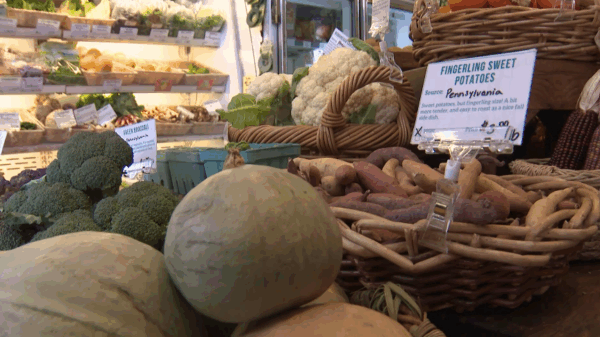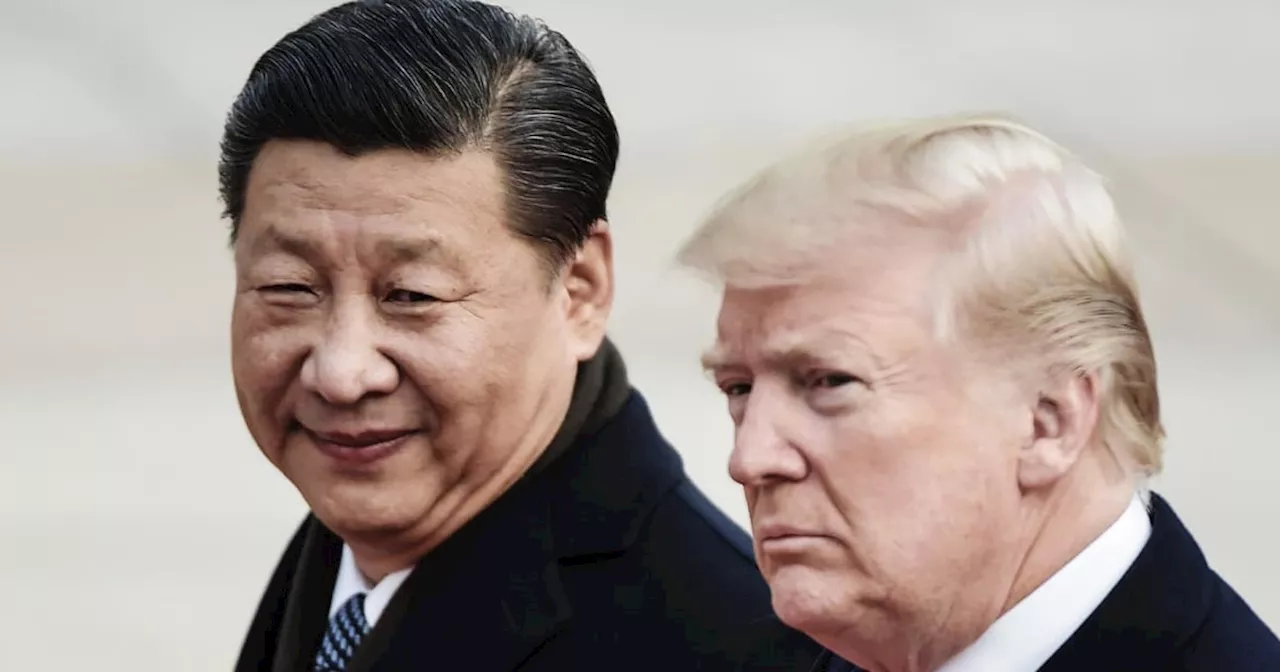U.S. soybean farmers are expressing cautious optimism as negotiations between the Trump administration and China progress. Farmers hope for a significant deal that could revive Chinese purchases of U.S. soybeans, which have plummeted in recent years. The discussions come amid a backdrop of trade tensions and tariffs that have historically affected agricultural exports.
Scott Bessent, an influential figure in the agricultural sector, stated over the weekend that he expects Chinese soybean purchases as part of the negotiations to be “substantial.” This sentiment has resonated in the markets, with soybean futures rising nearly 3% over a few days, reaching their highest point in over a year.
China has long been a dominant importer of U.S. soybeans, purchasing between $12 billion and $17 billion annually in recent years. However, the market has faced challenges, particularly as Beijing halted imports in a bid to exert leverage over Washington. According to Arlan Suderman, chief commodities economist at StoneX, the current market reflects a mix of hope and caution regarding potential agreements. “Obviously, the markets reflect a cautious optimism and an excitement that maybe we are making some progress for the first time in quite some time,” he remarked.
The previous trade deal, known as the phase-one agreement, was established during Trump’s first term, aiming for China to purchase an additional $200 billion in U.S. goods and services during 2020 and 2021. Yet, this agreement fell short, with China reportedly buying only 58% of the committed amount. Suderman emphasized the importance of monitoring actual commitments versus optimistic projections.
From an agricultural perspective, Allen Featherstone, head of the Agricultural Economics department at Kansas State University, highlighted that reopening the Chinese market would be a “big deal” for U.S. soybean farmers. He noted that soybeans are the largest import from the U.S. for China, and restoring trade relations could stabilize prices that have suffered due to the ongoing trade war.
The U.S. is the second-largest producer of soybeans globally, trailing only corn, with exports accounting for approximately 40% to 50% of total production. The urgency of the situation is compounded by the fact that China has already secured soybean supplies from South America. Ryan Young, a senior economist at the Competitive Enterprise Institute, pointed out that while U.S. farmers may store their crops, they cannot do so indefinitely.
Bessent mentioned that as part of the negotiations, the U.S. has effectively removed Trump’s threat of imposing additional 100% tariffs on Chinese goods. In turn, Chinese threats regarding export controls on rare earths have also been set aside.
Looking ahead, Trump and Chinese President Xi Jinping are scheduled to meet later this week in South Korea to discuss further details of the potential agreement. Alongside these negotiations, the Trump administration is considering a bailout for farmers affected by trade disruptions. Kevin Hassett, director of the National Economic Council, indicated that financial assistance could be forthcoming, although specific details remain undisclosed.
As the situation develops, soybean farmers and the broader agricultural community are awaiting concrete outcomes from the upcoming talks, hopeful for a restoration of trade with China that could significantly benefit their livelihoods.








































































